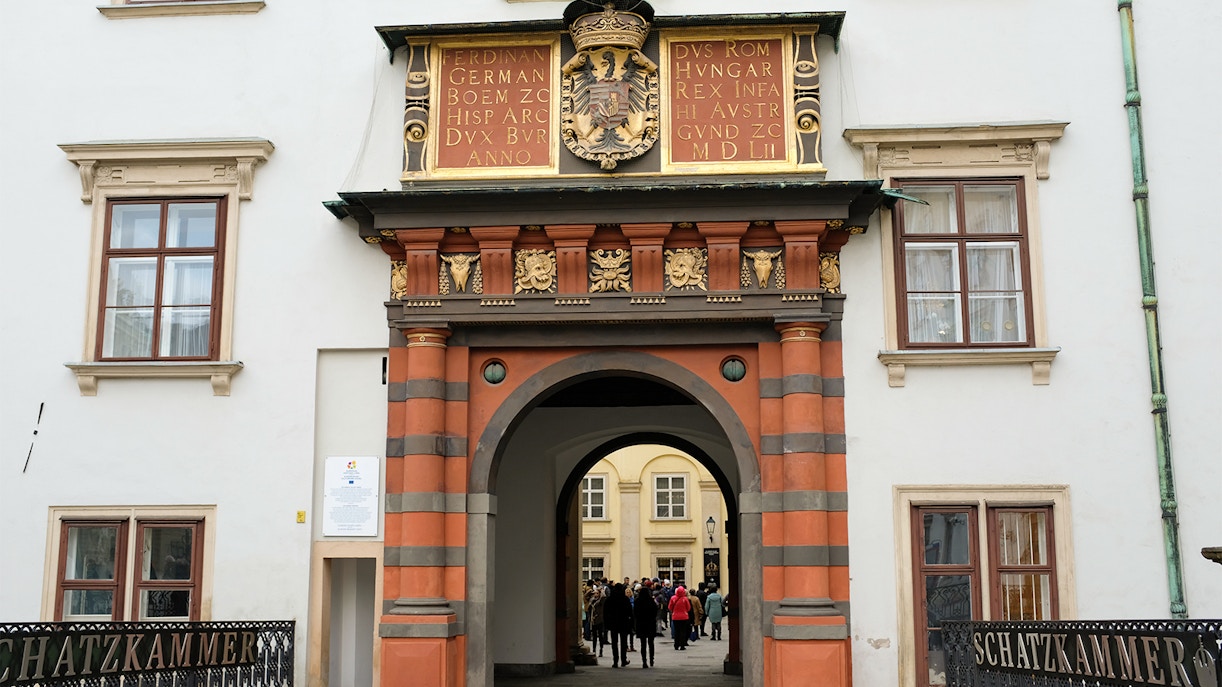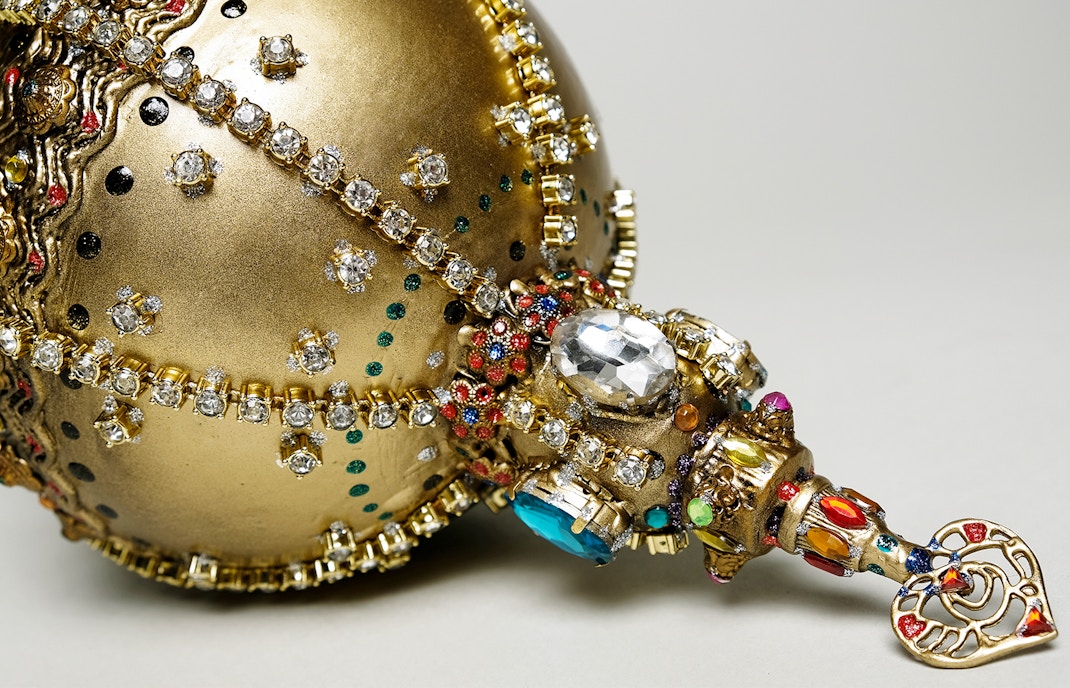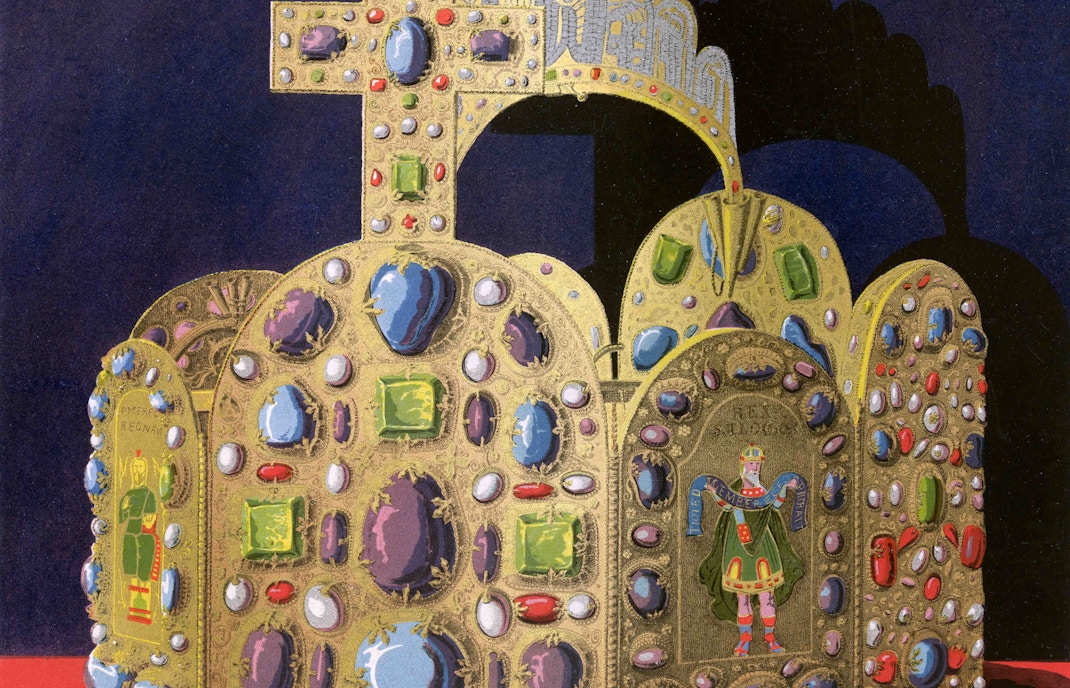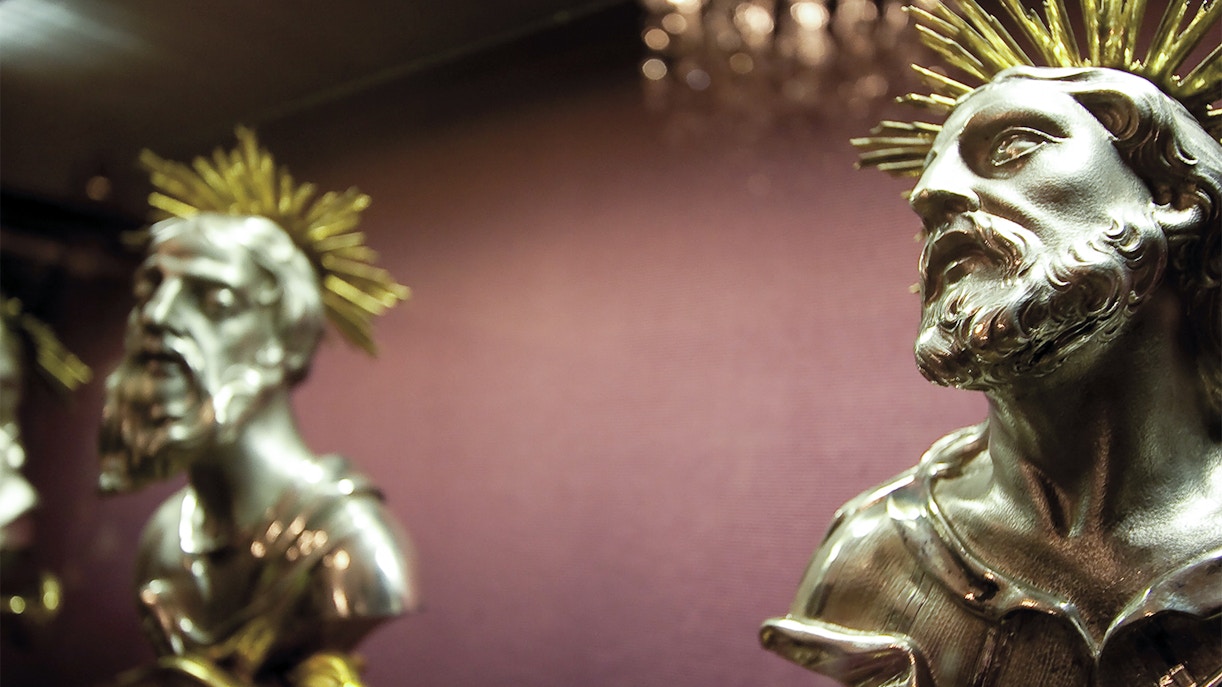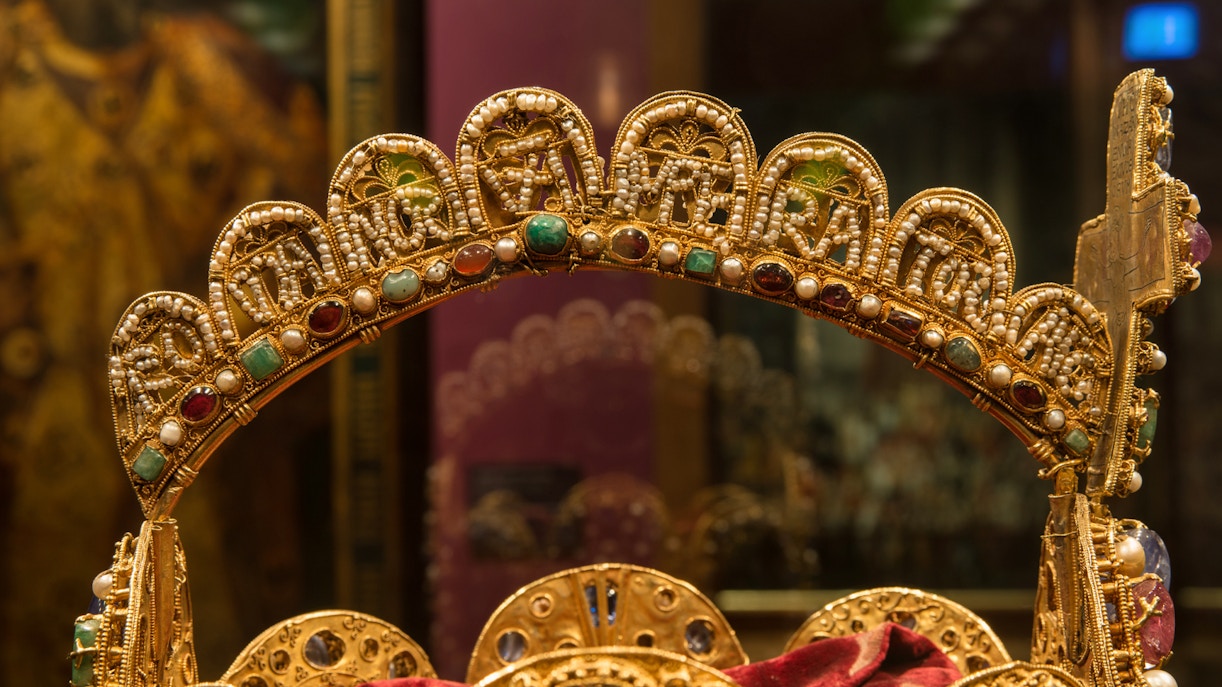The Imperial Treasury Vienna houses priceless artifacts from Austria's monarchy, reflecting a rich heritage of dynasties that once ruled the area.
- Regal Artefacts: Explore stunning exhibits of opulence, including the Crown of the Holy Roman Empire and other heirlooms of the Austria Empire.
- Mythical Antiques: Discover the world-renowned Sisi Star and the Order of the Golden Fleece, both exquisite examples of intricate, royal craftsmanship.
- Sacred Pieces: Marvel at the religious and cultural relics of the Austrian Empire, relating tales of the Catholicism of the Habsburgs to the era of the Counterreformation.
- Historical Adventure: The Imperial Treasury Vienna is more than just a museum: it’s a journey back in time to a bygone era of elegance and sophistication.

